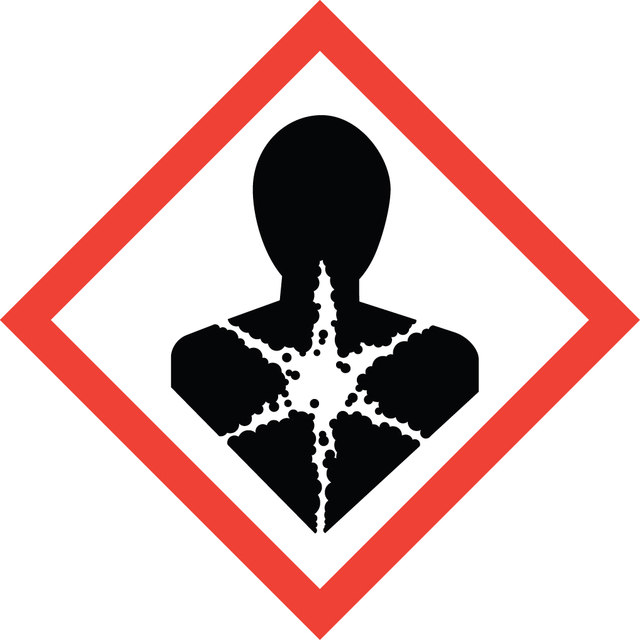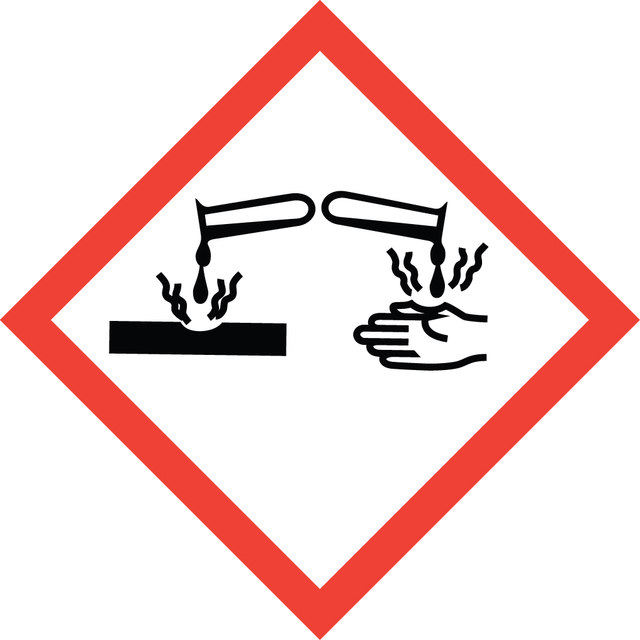Sign In to View Organizational & Contract Pricing
Select a Size
About This Item
UNSPSC Code:
41105337
NACRES:
NA.25
Related Categories
Application
Ultra-low Range Molecular Weight Marker (M.W. 1,060-26,600) has been used as a protein marker in sodium dodecyl sulfate polyacrylamide gel electrophoresis (SDS-PAGE) and western blot.
Biochem/physiol Actions
The ultralow range marker is designed for use in the Tris-Tricine SDS-PAGE method when stained with Brilliant blue G (non-methanol based). Glutaraldehyde fixing is recommended with the ultralow marker in order to keep the two smallest proteins fixed in the gel. The ultralow range marker is supplied as a liquid, which must be diluted (1:20) with the supplied sample buffer prior to loading.
Physical form
Solution in 0.1 M Tris-HCl, pH approx. 8.5, with 4 mM EDTA, 3 mM sodium azide and 40% glycerol
Signal Word
Danger
Hazard Statements
Precautionary Statements
Hazard Classifications
Acute Tox. 4 Dermal - Aquatic Chronic 3 - Eye Dam. 1 - Repr. 2 - Skin Sens. 1
Storage Class Code
10 - Combustible liquids
Flash Point(F)
Not applicable
Flash Point(C)
Not applicable
Regulatory Information
常规特殊物品
低风险生物材料
This item has
Choose from one of the most recent versions:
Already Own This Product?
Find documentation for the products that you have recently purchased in the Document Library.
Production of a recombinant antimicrobial peptide in transgenic plants using a modified VMA intein expression system.
Morassutti C, et al.
Febs Letters, 519, 141-146 (2002)
Christelle Richard et al.
Applied and environmental microbiology, 70(1), 248-254 (2004-01-09)
Polyclonal antibodies have been generated by immunization of rabbits with a chemically synthesized C-terminal part of divercin V41 (DvnCt) conjugated to the carrier protein keyhole limpet hemocyanin (KLH). The sensitivity and reactivity of the DvnCt-KLH-generated antibodies were evaluated by enzyme-linked
Endostatin enhances radioresponse in breast cancer cells via alteration of substance P levels.
Arslan Aydemir E, et al.
Oncology Letters, 2, 879-886 (2011)
Raquel Soares Oliveira et al.
Toxins, 12(6) (2020-06-19)
The biological activity of Rhinella icterica parotoid secretion (RIPS) and some of its chromatographic fractions (RI18, RI19, RI23, and RI24) was evaluated in the current study. Mass spectrometry of these fractions indicated the presence of sarmentogenin, argentinogenin, (5β,12β)-12,14-dihydroxy-11-oxobufa-3,20,22-trienolide, marinobufagin, bufogenin
Thiago Machado Pasin et al.
Applied biochemistry and biotechnology, 191(3), 1111-1126 (2020-01-22)
The use of non-potable water (such as seawater) is an attractive alternative for water intensive processes such as biomass pretreatment and saccharification steps in the production of biochemicals and biofuels. Identification and application of halotolerant enzymes compatible with high-salt conditions
Protocols
Separation of various acids and compounds by molecular weight: PAA, PEI, PIDADMACl, PAS, cationic dextran, chitosan
Related Content
Our team of scientists has experience in all areas of research including Life Science, Material Science, Chemical Synthesis, Chromatography, Analytical and many others.
Contact Technical Service

